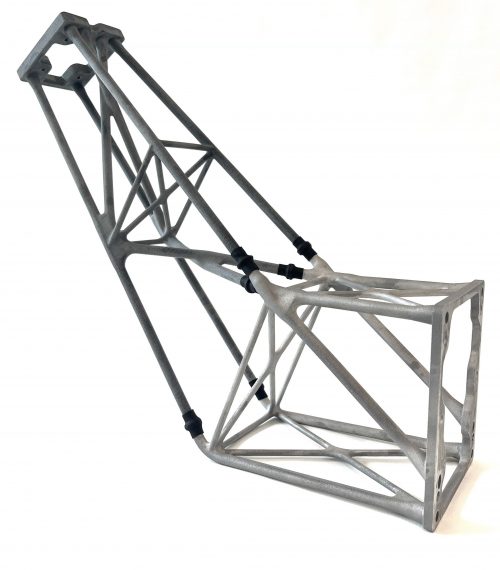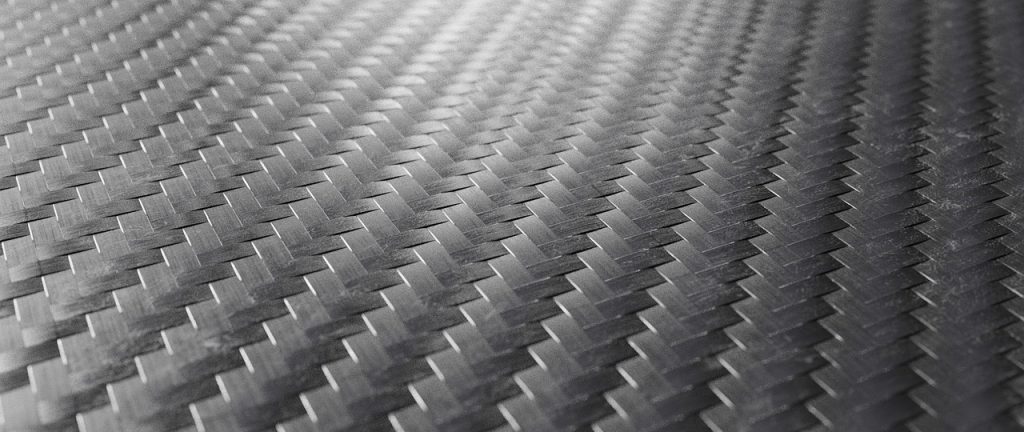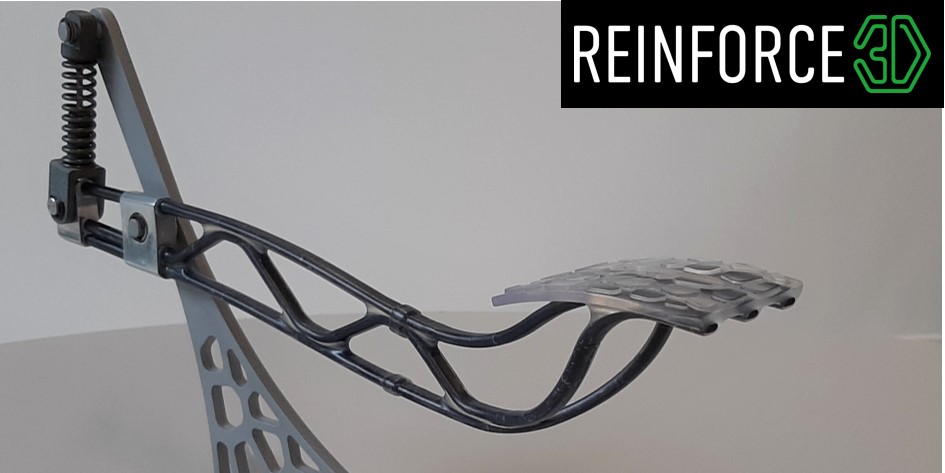Weight reduction is a crucial factor in thespace industry; the lighter a satellite is, the less it costs to send it into space. While the cost of launching satellites depends onvarious factors, such as the orbit and spacevehicle used, according to the AerospaceSecurity Project (ASP) a cost of $10.000 perkilogram of payload launched is considered areasonable average value, indicating theimportance of lightweighting for the sector.
As well as being as light as possible, satellite components must also be stiff enough to perform under extremely harsh conditions in space and during the launch procedure. Aerospace manufacturers are therefore looking to utilise new design techniques and manufacturing methods, such as additivemanufacturing, in order to save as much weight and material as possible when producing their components.
Reducing weight and manufacturing costs with CFIP
Leading space equipment supplier RUAG Space has been conducting R&D into the use of 3D printing for manufacturing space structures since 2013. One particularly wellknown case study1 involved the production of a satellite antenna support component using topology optimisation and metal 3D printing technologies to reduce the weight of the component while keeping its strength and modal vibration frequencies above the defined limits.
Taking this case study as a reference, we applied our patented Continuous Fibre Injection Process (CFIP) technology to further reduce the resulted weight of the 3D printed antenna support by 48%, while also keeping its strength and modal vibration frequencies above the limits. This case study demonstrates the lightweighting advantages of CFIP, and the subsequent cost benefits of utilising the technology for the manufacturing of aerospace components.
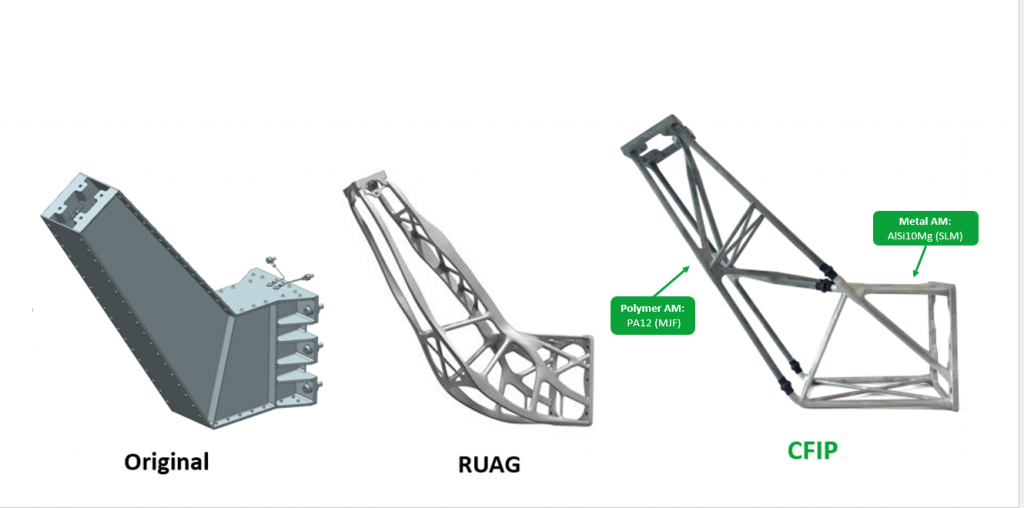
Download to Keep Reading
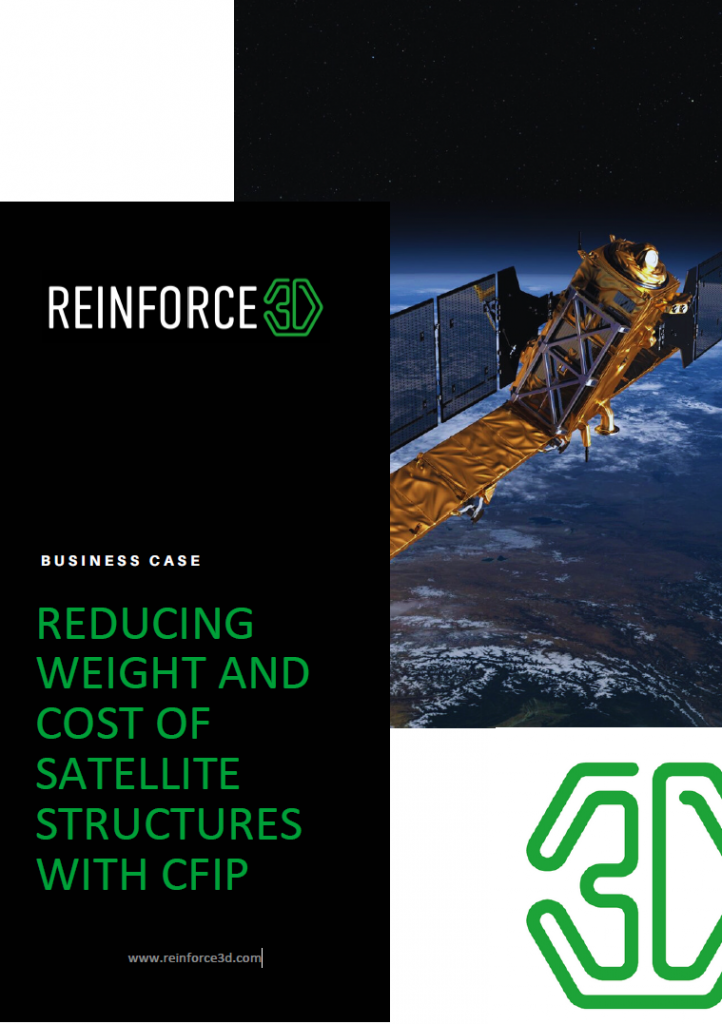
Simply provide your email address below, and we’ll send you the full PDF right away, so you can continue reading.
Industry: Aeroespace
Added Value: Lightweighting, mechanicalperformance, cost reduction.
Material: Carbon fibre, PA12, Aluminium
- Mouriaux F. (2015), Motivations, Opportunities and Challenges of Additive Manufacturing for Space Application, RUAG Space
